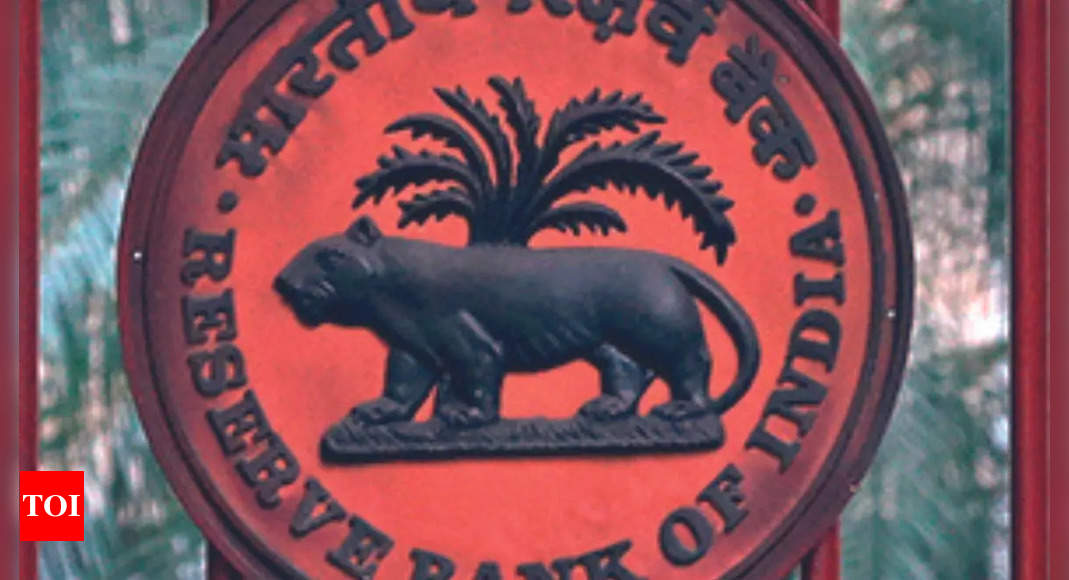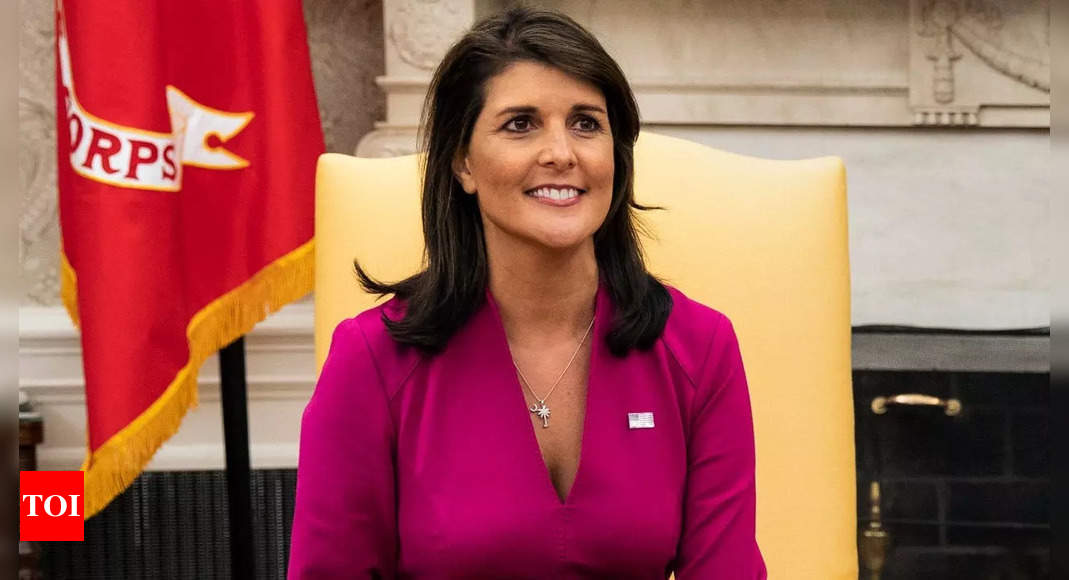[ad_1]
NEW DELHI: As borrowing costs mount, India Inc is raising the pitch for the RBI to go slow on rate hikes. Data released by industry body Ficci showed that, during the current quarter, the average interest rate has increased by a percentage point to almost 9.4%, with the highest cost of borrowing pegged at 15%.
RBI data showed weighted average lending rate (WALR) for fresh rupee loans had increased by 135 basis points (100bps = 1 percentage point) between May and November, while for outstanding loans it was 71bps. “Primacy must be given to growth and a case can be made out to consider decoupling from the Fed approach and look at what works for India,” Ficci president Subhrakant Panda told TOI.
His counterpart at CII, Sanjeev Bajajwho leads financial services entity Bajaj Finserv, was more upfront, arguing that the RBI had more elbow space to delink rate hikes from the US Fed as some sectors may soon feel the pinch. “Some segments, for example the housing sector, people are taking loans, which are floating interest rates for a very long period of time – their EMIs have gone up. We have by and large come on interest rate at pre-Covid level. This is a conducive rate for investment, but if they start going up significantly, it will act as a damper,” he had told TOI in an interview on Monday.
On Tuesday, SBI chief economist S K Ghosh argued that the segment is already showing signs of a slowdown. “With the rise of 250bps in repo rate from May 2022, the incremental housing loans of ASCBs (all scheduled commercial banks) have increased by over Rs 1.8 lakh crore in April 2022-January 2023 compared to Rs 1.4 lakh crore during the same period in previous year. However, it is important to look at the segment-wise home loans. We estimated the fresh disbursal of loans by the ASCBs. The results show that, on an average, the proportion of home loans up to Rs 30 lakh in total loans disbursed has declined to 45% during January-February 2023 from around 60% of total disbursals in June 2022 quarter. Moreover, if we look at above Rs 50-lakh loans, their share has increased from 15% to approximately 25% of the fresh housing loans during this fiscal. This indicates that the demand for housing loans by people at the lower end of the strata, who take loans for affordable housing sector, has been noticeably hit,” he said.
Ghosh and some other economists have argued that the RBI needs to take a careful look at the retail inflation data as there may be some discrepancies. Bloomberg economist Abhishek Gupta said, “India’s inflation surge may not be what it seems. Price gains unexpectedly jumped above RBI’s 2-6% target range in January and stayed elevated in February. We think this is more likely a reflection of a shift in the CPI’s statistical weights than an increase in price pressures. As such, it shouldn’t add to the case for RBI tightening.”
Most economists, however, expect a 25bps increase when the monetary policy committee meets next month, pointing to retail inflation staying above the 6% mark for the second straight month.
RBI data showed weighted average lending rate (WALR) for fresh rupee loans had increased by 135 basis points (100bps = 1 percentage point) between May and November, while for outstanding loans it was 71bps. “Primacy must be given to growth and a case can be made out to consider decoupling from the Fed approach and look at what works for India,” Ficci president Subhrakant Panda told TOI.
His counterpart at CII, Sanjeev Bajajwho leads financial services entity Bajaj Finserv, was more upfront, arguing that the RBI had more elbow space to delink rate hikes from the US Fed as some sectors may soon feel the pinch. “Some segments, for example the housing sector, people are taking loans, which are floating interest rates for a very long period of time – their EMIs have gone up. We have by and large come on interest rate at pre-Covid level. This is a conducive rate for investment, but if they start going up significantly, it will act as a damper,” he had told TOI in an interview on Monday.
On Tuesday, SBI chief economist S K Ghosh argued that the segment is already showing signs of a slowdown. “With the rise of 250bps in repo rate from May 2022, the incremental housing loans of ASCBs (all scheduled commercial banks) have increased by over Rs 1.8 lakh crore in April 2022-January 2023 compared to Rs 1.4 lakh crore during the same period in previous year. However, it is important to look at the segment-wise home loans. We estimated the fresh disbursal of loans by the ASCBs. The results show that, on an average, the proportion of home loans up to Rs 30 lakh in total loans disbursed has declined to 45% during January-February 2023 from around 60% of total disbursals in June 2022 quarter. Moreover, if we look at above Rs 50-lakh loans, their share has increased from 15% to approximately 25% of the fresh housing loans during this fiscal. This indicates that the demand for housing loans by people at the lower end of the strata, who take loans for affordable housing sector, has been noticeably hit,” he said.
Ghosh and some other economists have argued that the RBI needs to take a careful look at the retail inflation data as there may be some discrepancies. Bloomberg economist Abhishek Gupta said, “India’s inflation surge may not be what it seems. Price gains unexpectedly jumped above RBI’s 2-6% target range in January and stayed elevated in February. We think this is more likely a reflection of a shift in the CPI’s statistical weights than an increase in price pressures. As such, it shouldn’t add to the case for RBI tightening.”
Most economists, however, expect a 25bps increase when the monetary policy committee meets next month, pointing to retail inflation staying above the 6% mark for the second straight month.
[ad_2]
Source link





